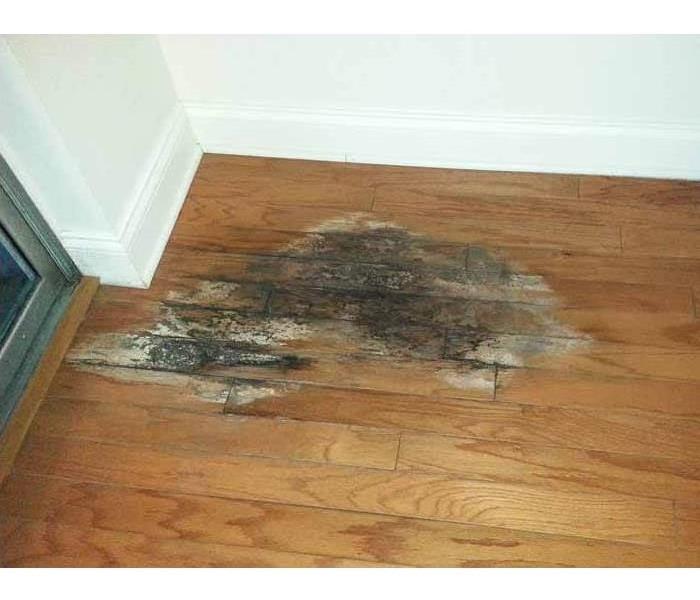Water Damage Sign to Look for in Your Home
12/30/2018 (Permalink)
When it's contained properly, water doesn't pose too big of a threat to your home. However when water floods and soaks into your walls, floors, or ceiling, it can quickly develop into a serious health and safety hazard. This is because water that is not dried up or that sits causes a cozy environment for mold and mildew to begin growing. Mold is a fast-spreading, hard-to-remove fungus that can cause health problems and also weaken your property's structural integrity. Here are several methods for detecting water damage within your house. You’re going to want to walk around and look carefully at both the interior and exterior of your home.
- First walk around and Inspect Outside
Carefully look over the entire exterior of your house. Look for pools of water. These can indicate poor drainage in the yard, gutter spouts that maybe aren’t moving water far enough from the house or leaky rain gutters. Any of those issues can threaten your homes foundation since water that’s standing may get into your home.
Make sure to check your roof. The most common signs of water damage to your roof often include pools of water; cracked, curled up or missing shingles.
- Inside Check your Floors
No matter what kind of flooring you have throughout your home, if water damage is present the signs will show. For tile and wood floors, look for cracked, buckling or warping. On carpeted floors, be wary of damp spots, stains, gradual rises and soft spots.
- Smell your way around
If you see any active mold growth it means that moisture is contacting microscopic mold spores, often in the nooks and crannies of your home. However since mold often hides, you can’t rely only on your site. Use your nose too! If there’s a smell of mold and dampness that too is a sign then that water damage is present. One can often get used to the smell of mold or dampness so make certain to walk in from outside first during your walk around so that the smell will be more obvious. Water when it’s stagnate, causes mold and bacteria can grow, which is what produces the musty, unpleasant smell. If you smell it it is best to remove yourself from the home until the level, type and location of the mold are determined.
- Look for Stains Everywhere
Look for stains on your floors, walls and ceiling. If you find water stains on your floors or around your bathtub, toilet or sink than those are signs of water damage. If you find stains on your ceilings and walls than those too are some of the most obvious signs of water damage. Some of these stains can be concealing mold behind them beneath the flooring or in your walls since water damage that’s left unattended can often lead to mold. Unusual stains may indicate that there is a leaky pipe inside the wall. Perhaps there’s a leaky drain. Cracks in your drywall often mean there’s trouble. If any areas of your walls appear swollen and are soft to touch that too may signify trouble. If pain is peeing that is another sign of water loose within walls. When drywall gets saturated, paint will usually lose adhesion.
- Look for Rust and Mold
Frequent Inspections of your water heater can be very beneficial. Checking for rust that’s developing on the tank or if you see rust already present on the tank, than that typically indicates a slow leak. Rust around pipe connections can also be caused by water seepage.
If you suspect Water Damage in your home or if you have experienced Water Damage in your home, than call us at SERVPRO at 336-379-1772. We are here for you 24/7 and 365 days a year.






 24/7 Emergency Service
24/7 Emergency Service
